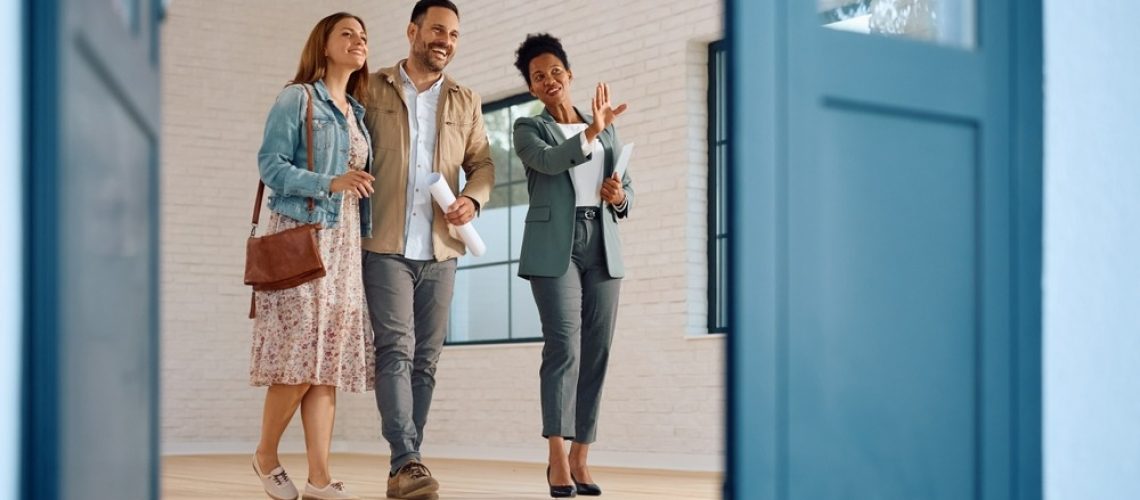The search for the ideal property in the United States involves several steps, and one of the most decisive is the visit.
Among the most common types of visits is the Open House, where a home is opened to the public.
If you’re in the process of buying, this can be an excellent way to explore different options and refine your understanding of what you’re looking for.
What is an Open House?
The term “Open House” refers to an event, usually held on weekends, in which a property for sale is opened for public viewing.
Anyone can enter, walk through the rooms, and talk to the agent present.
It’s a very common practice in the U.S. and is often used to give visibility to the listing, attract interested buyers, and even create a sense of urgency.
Why visit an Open House?
Even though photos and online videos offer a good first impression, physically visiting the property reveals things the internet doesn’t show: smell, natural lighting, air circulation, the neighborhood, and outside noise, for example.
In addition, visiting multiple homes helps buyers to:
- Better understand the local market;
- Compare prices and finishes;
- Adjust expectations regarding the budget;
- And realize what their real priorities are.
How to prepare for an Open House?
1. Define your objective
Before going out to visit homes randomly, define your buyer profile:
- Are you looking for your first home?
- Is this an investment property for rental?
- Are you shopping for a vacation home?
Your goal will influence what you should be paying attention to and what questions to ask.
2. Bring a checklist
Create a list of features that are essential to you: number of bedrooms, minimum square footage, garage, backyard, proximity to schools or shops.
This helps you avoid getting distracted by pretty homes that aren’t functional for your lifestyle.
3. Bring a notebook or use your phone
Write down your impressions, take photos (with permission), and record details.
After visiting 3 or 4 homes, the information can start to blend together, and this record can be decisive when it’s time to choose.
What to look for during an Open House?
1. Structural conditions
Even without being an engineer, you can spot red flags:
- Cracks in the walls or ceilings;
- Doors and windows that don’t close properly;
- Stains from moisture or mold;
- Uneven or warped flooring.
These issues may indicate deeper problems like foundation flaws, leaks, or neglected maintenance.
2. Electrical and plumbing systems
You don’t need to test everything, but it’s worth checking:
- The quantity and location of power outlets;
- Whether the electrical panel has modern breakers;
- Faucets that work and have good water pressure;
- Whether the water heats properly in the bathrooms.
3. HVAC and appliances
Check whether the heating and cooling systems are functioning well, how old they are, and whether they’re clean.
Old systems could lead to expenses soon after moving in.
4. Natural lighting and ventilation
Pay attention to how much sunlight enters the rooms, if there’s cross-ventilation, and whether the home depends heavily on artificial light during the day.
5. Surroundings and noise
Step outside the house and:
- Observe the condition of neighboring homes;
- See whether the street is busy;
- Listen for surrounding noises: traffic, planes, parties, etc.
Important questions to ask the agent
- How long has the property been on the market?
- Has there been a price reduction?
- Are there any other offers currently?
- What’s the average cost for property tax and insurance?
- Is the home part of an HOA (Homeowners Association)? What are the fees and rules?
- When was the last time the electrical and plumbing systems were serviced or updated?
- Is there a history of leaks, termites, or other damage?
Tips to get the most out of the visit
Arrive early
The first visitors often get more time to talk with the agent and explore at their own pace.
Wear comfortable clothes
You’ll be walking a lot, going up and down stairs, entering and exiting rooms. Be prepared.
Observe other visitors’ behavior
If the home is crowded and people seem interested, this may indicate a good opportunity—or even spark competition. Stay alert.
Be strategic when showing interest
Avoid showing too much excitement in front of the agent or other buyers. That could influence future negotiations.
After the Open House: What to do?
At the end of the day, review your notes and photos. Reflect:
- Did the property meet your needs?
- Were there aspects you hadn’t considered before?
- Does it stand out among the others you visited?
If the answer is yes, talk to your agent to discuss next steps: making an offer, requesting a more thorough inspection, or returning for another visit with a more technical eye.
Ready to attend an Open House?
Visiting an Open House is a key moment that, if taken seriously, can prevent future frustrations, help you secure a good deal, and bring you closer to your ideal home.
If you’re just starting your home buying journey in the U.S., the team at MGN Fine Homes can help you interpret what you see during visits, filter the best options, and make safe, well-informed decisions.

